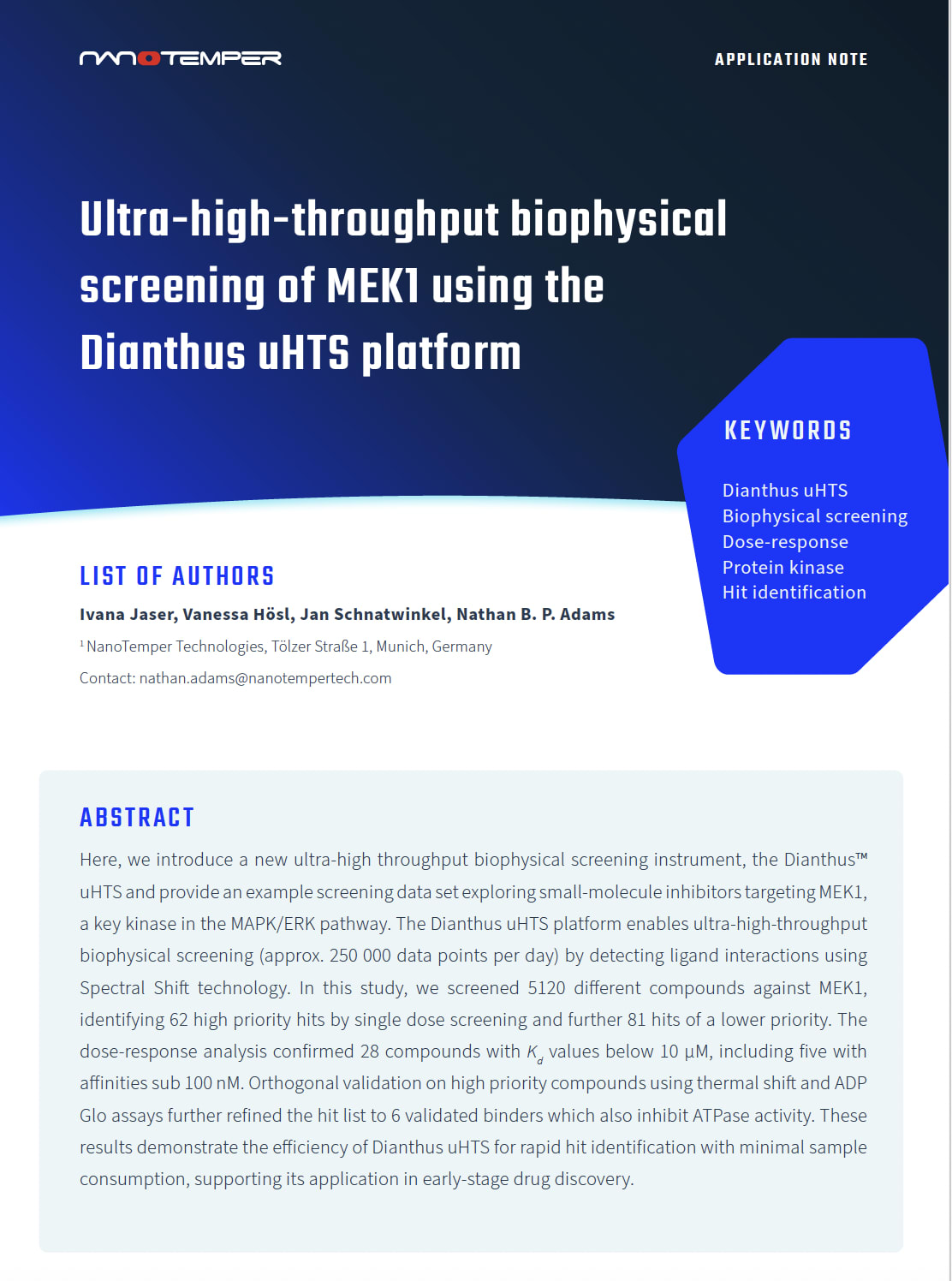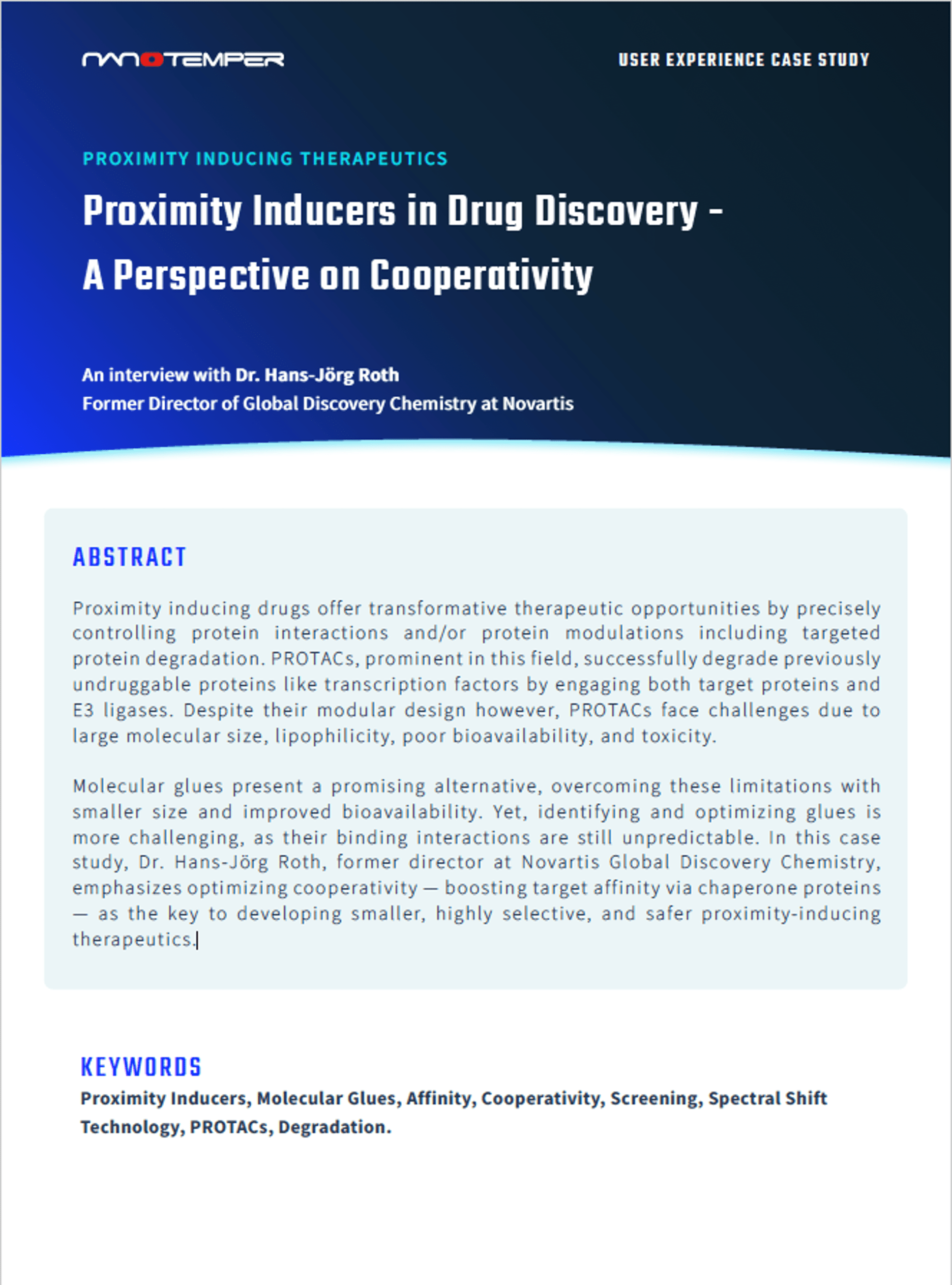
Fragment-based drug discovery (FBDD) has become a major strategy to derive novel lead candidates in drug discovery. The principle of FBDD is to start with very small molecular fragments which may bind only weakly to a protein target and then optimize them to form a potent drug lead with a higher affinity.
But what makes a good fragment library? While there are many ingredients that can determine its success, it all comes down to one thing: quality. Simply put, a fragment screening campaign will only be as good as the quality of the fragment library. But what makes a good fragment library? Here’s a list of must-haves to ensure the quality of your fragment library.
1. Choose small-size libraries
Small libraries can cover a chemical space more effectively than larger ones. Typically, a library of 500-2,000 compounds will provide a reasonable number of hits in a cost and time-effective manner.
2. Ensure that fragments are highly soluble
Since fragments bind to their target proteins with relatively low affinity, high concentrations of them are needed during hit screening. Therefore it’s essential that fragments are highly soluble at the high concentrations needed. A good way to increase solubility is by limiting their number of atoms and making sure that ionizable groups are fairly represented in the library.
3. Follow the four components of the “rule of three” (Ro3)
The Ro3 is a widely employed set of guidelines that describe desirable physicochemical properties for molecules in FBDD screening collections and ensure they cover a large chemical space. They state that fragments should have: a molecular weight <300 Da, three or less hydrogen bond donors, less than three hydrogen bond acceptors, and a cLogP (a measure of hydrophilicity) ≤3. For years, these criteria have proved to be very useful, so much that commercially available libraries are marketed as “Rule of 3” compliant.
4. Avoid reactive groups
Reactive groups carry the risk of covalently binding to the target protein and therefore should be avoided in fragment libraries. Also — depending on the screening technology used — the presence of these reactive groups may interfere with the assays utilized to screen the libraries. For example, fluorescence-based technologies may be compromised if the fragments are quenchers or display autofluorescence.
5. Check for impurities
Fragment screening being carried at high fragment concentrations means that impurities will also be present at much higher concentrations. Impurities should be avoided as they can generate “false positive” hits during the screening campaign. Therefore, it’s highly advisable to use analytical methods to identify their presence as early as possible in the drug discovery process.
6. Track fragment stability
Fragments can degrade over time, giving rise to misleading data. In order to avoid this, a periodical quality control analysis of the fragment library must be carried out to ensure its integrity.
Designing a fragment library takes hard work, but following these tips can help you become a “Master Chef” of FBDD.
Looking to learn more? Read this guide to learn the basics of fragment-based drug discovery.










